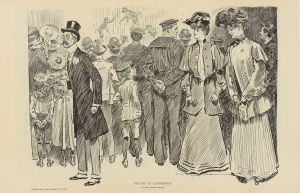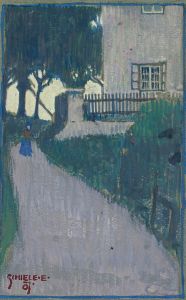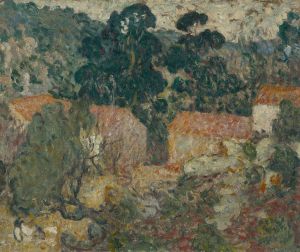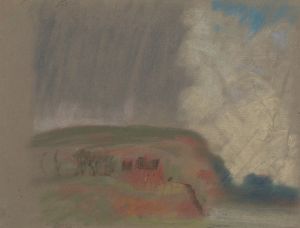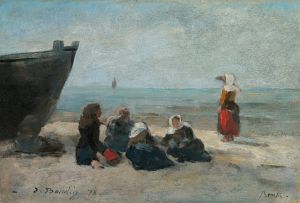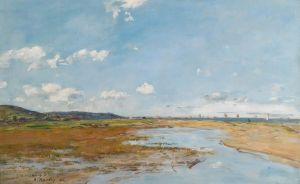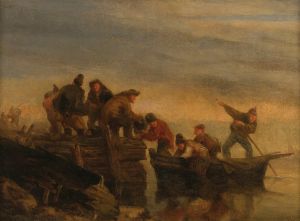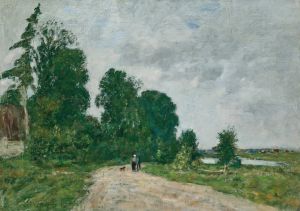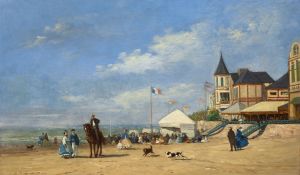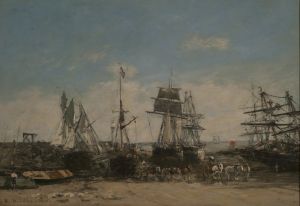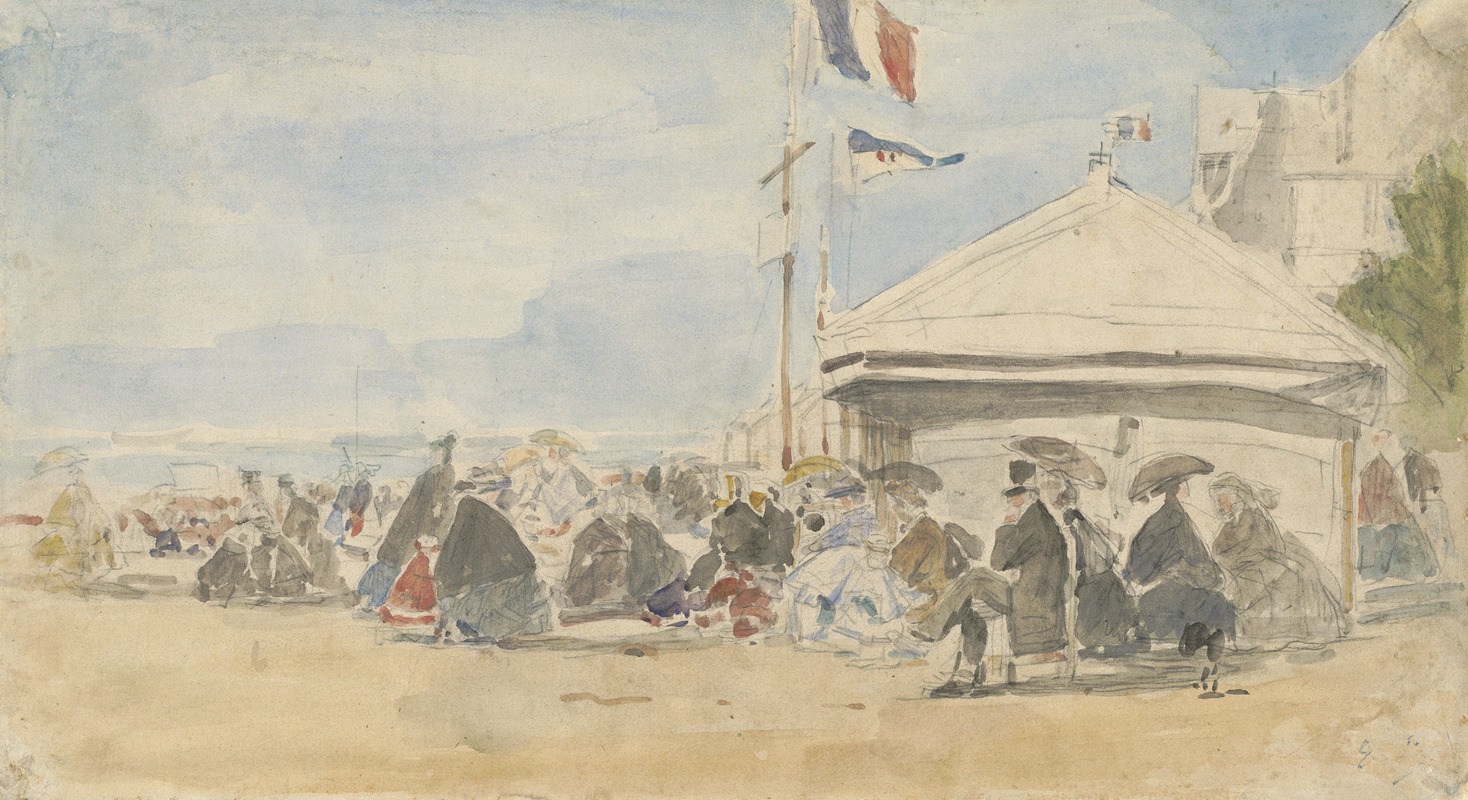
Beach House with Flags at Trouville
A hand-painted replica of Eugène Boudin’s masterpiece Beach House with Flags at Trouville, meticulously crafted by professional artists to capture the true essence of the original. Each piece is created with museum-quality canvas and rare mineral pigments, carefully painted by experienced artists with delicate brushstrokes and rich, layered colors to perfectly recreate the texture of the original artwork. Unlike machine-printed reproductions, this hand-painted version brings the painting to life, infused with the artist’s emotions and skill in every stroke. Whether for personal collection or home decoration, it instantly elevates the artistic atmosphere of any space.
Beach House with Flags at Trouville is a painting by the French artist Eugène Boudin, a prominent figure in 19th-century art and a precursor to the Impressionist movement. Boudin is widely celebrated for his depictions of coastal scenes, particularly those of Normandy, where he was born and spent much of his life. His works often capture the interplay of light, sky, and water, as well as the leisurely activities of seaside visitors.
This particular painting, Beach House with Flags at Trouville, exemplifies Boudin's fascination with the seaside resorts that became popular in France during the mid-19th century. Trouville-sur-Mer, located in Normandy, was one of the earliest and most fashionable seaside destinations in France at the time. It attracted both the aristocracy and the burgeoning bourgeoisie, who came to enjoy its beaches and the health benefits associated with sea air and bathing.
The painting depicts a beach house adorned with flags, a common sight in Trouville during its heyday as a resort town. The flags add a sense of festivity and movement to the composition, while the beach house itself serves as a focal point amidst the expansive sky and shoreline. Boudin's characteristic attention to atmospheric effects is evident in the way he captures the light and clouds, creating a dynamic and lively scene.
Boudin's technique in this work reflects his mastery of plein air painting, a method of working outdoors to directly observe and render the natural environment. This approach allowed him to achieve a remarkable sense of immediacy and realism in his depictions of the seaside. His use of loose brushstrokes and a light, airy palette in this painting would later influence the Impressionists, including Claude Monet, who regarded Boudin as a mentor.
While the exact date of Beach House with Flags at Trouville is not specified, it is consistent with Boudin's broader body of work from the 1860s and 1870s, a period during which he frequently painted scenes of Trouville and nearby Deauville. These paintings not only document the social and cultural life of the time but also highlight Boudin's pioneering role in capturing the transient effects of light and atmosphere.
Today, Eugène Boudin's works, including this painting, are held in high regard for their historical and artistic significance. They are featured in major museum collections around the world, including the Musée d'Orsay in Paris and the National Gallery of Art in Washington, D.C., though the specific location of Beach House with Flags at Trouville may vary depending on exhibitions or private ownership.





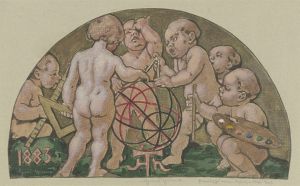
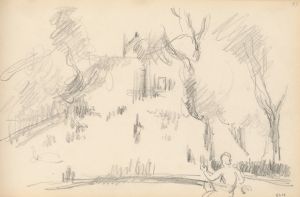
![Untitled [doves, fruits, vegetables, house, written notes]](/imgs/230949/s/charles-demuth-untitled-doves-fruits-vegetables-house-written-notes-d6aca47c.jpg)
